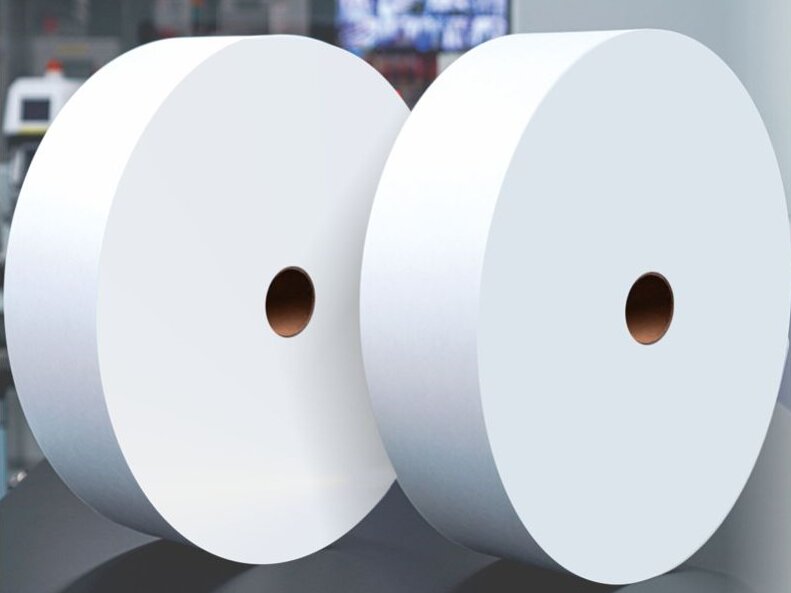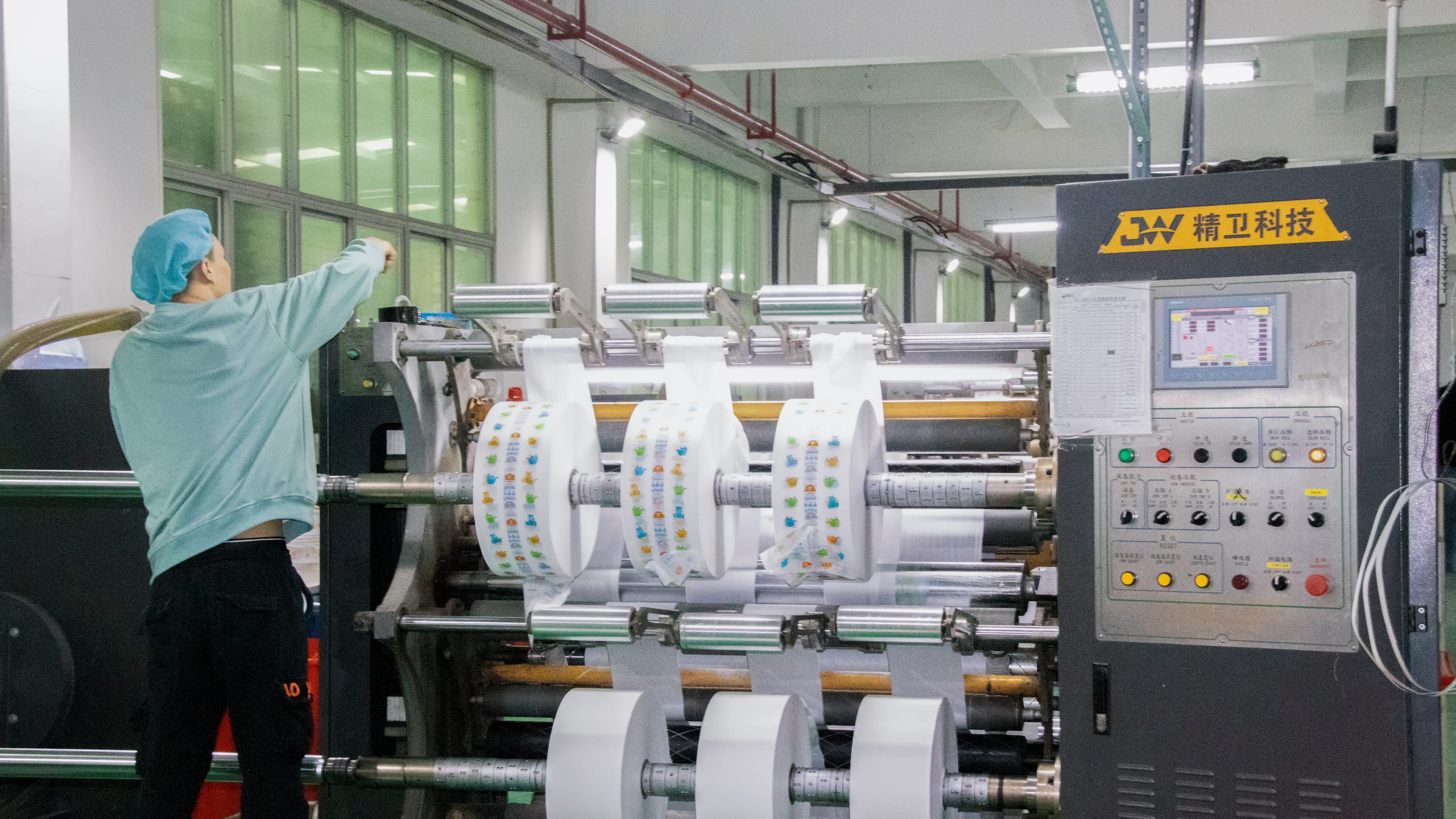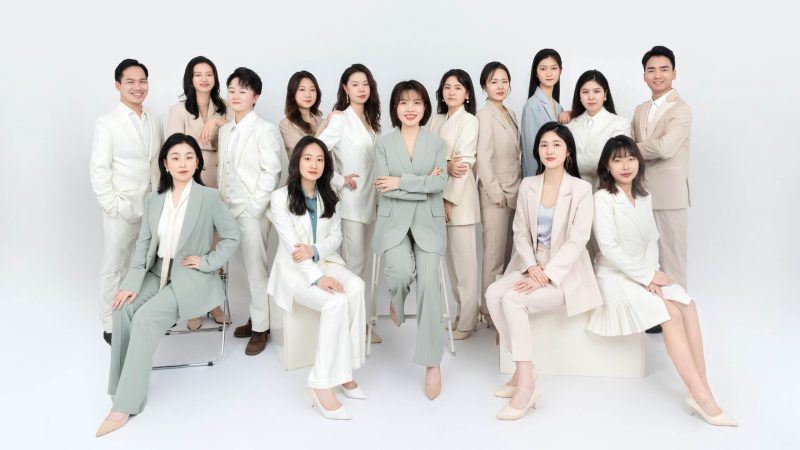Hydrophilic nonwoven vs water repellent nonwoven: an understanding of the difference between the two
Date: 2025-02-24 Categories: Company New、Industry News、News Views: 3286
Nonwoven fabrics have "hydrophilic" and "water repellent" characteristics. In the fields of maternity products, medical consumables and industrial materials, these characteristics directly determine the performance of products. We are partners of nonwovens factories. Customers often ask us: "How to choose between hydrophilic and water repellent nonwovens?" Today, we will analyze this "opposite" material CP comprehensively. We'll cover the production process, application scenarios and common misconceptions.
What are the common production processes of nonwoven fabrics?
Can you give some examples of industrial materials that use nonwoven fabrics?
Are there any specific requirements for the selection of nonwoven fabrics in the medical field?

1. The principle of mystery: why one “ love to absorb water”, and the other one “fear of water”?
- Hydrophilic nonwoven fabric
By adding hydrophilic additives (e.g. glycerin, surfactants), a hydrophilic layer is formed on the surface of the fiber, which rapidly absorbs and diffuses liquid. It is suitable for scenes that need infusion function, such as the surface layer of sanitary napkins, wet wipes, and so on. - Water-repellent nonwoven fabric
Adopting hydrophobic materials (e.g. PP polypropylene) or coating process to form a “water-repellent barrier” similar to a lotus leaf. Commonly used in protective clothing outer layer, packaging materials, to prevent liquid penetration.
🔍Nonwoven Fabric Factory Tips:
The core difference between the two lies in the surface tension: hydrophilic material surface tension < liquid surface tension, water repellent material is the opposite.

2.The cost of choosing the wrong material: 3 real case analysis
Case 1: A mother and baby brand mistakenly used water-repellent nonwoven fabrics for the surface layer of diapers, resulting in liquid not seeping down, triggering consumer complaints.
Solution: Prioritize hydrophilic nonwoven fabrics that have been certified by the Vertical Permeability Test.
Case 2: The use of ordinary hydrophilic nonwoven fabrics for industrial bags caused moisture and lumps during transportation during the rainy season.
Improvement program: switch to hydrophilic nonwoven + PE film composite process, taking into account the moisture and air permeability, and the moisture and air permeability of the bag.
3. The nonwoven fabric manufacturer's professional advice
Characteristics Hydrophilic nonwoven fabric Water repellent nonwoven fabric
Water-absorbing speed :<3 seconds (ASTM D5729 standard) >60 seconds (droplets remain spherical)
Typical grammage: 20-50gsm 30-100gsm
Cost difference Additives increase about 10%-15% cost Coating process cost accounted for 5%-8%
4.FAQ:
Q1: Is it possible to distinguish the two by naked eyes?
A: It is difficult under normal circumstances,however,if you can do a simple test: drop of water, rapid diffusion is hydrophilic, and the formation of water droplets is hydrophobic.
Q2: Will the hydrophilic nonwoven fabric become less absorbent the more I use it?
A: High-quality products are still >80% absorbent after 5 washes, while low-quality products may fail due to the shedding of additives - it is more reliable to choose a nonwoven manufacturer with ISO certification.
Q3: Can hydrophilic nonwovens be used for medical protective clothing?
A: Absolutely not! Water repellent nonwoven fabrics with SMS structure (spunbond-meltblown-spunbond) are required to prevent blood/droplet penetration.
5. Industry Trend: Balance of Environmental Protection and Functionality
According to “Nonwovens Technology” journal research ¹, the future of hydrophilic nonwovens will be more biodegradable additives, while the water repellent materials to the “respiratory waterproof” direction (such as ePTFE membrane composite technology). For nonwovens factories, customized lamination processes (e.g., hydrophilic + hydrophobic layered designs) are becoming a new growth point.
6. Conclusion:
Whether you are looking for hydrophilic nonwoven fabrics that are instantly absorbent and dry, or water-repellent nonwoven fabrics that require safety and protection, understanding the nature of the material is the only way to avoid the embarrassment of “using the wrong scene”. It is recommended to communicate with professional nonwoven manufacturers to formulate the optimal solution for your product needs!















